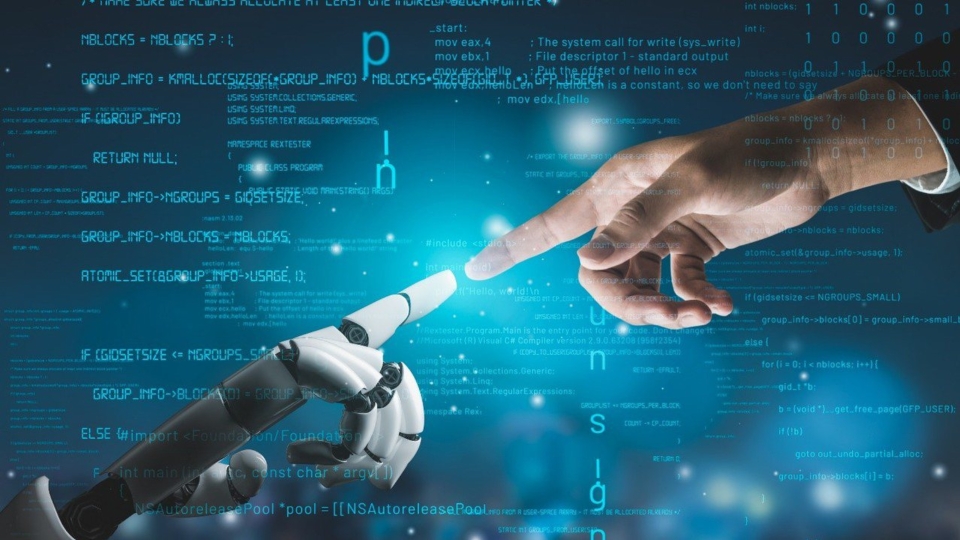Navigating Manufacturing's Turbulent Waters: Challenges and Solutions
2024/03/12 | By Andrew Hsu
According to American technological research and consulting firm Gartner, smart manufacturing will become ubiquitous in the manufacturing industry, with approximately 80% of Internet of Things (IoT) devices integrating AI technology. This implies that enterprises will not only collect machine or production line data via IoT but also rely on AI's data reading and analysis capabilities to alleviate personnel workload.
Tsai Ya-Hui, Deputy Section Chief of the Mechanical and Mechatronics Systems Research Laboratories at the Industrial Technology Research Institute (ITRI), also noted that the expanding manufacturing industry is driving an increased demand for specialized technology. Despite having the necessary professional talents in place, top technicians may face challenges such as aging or being poached. However, the introduction of digital transformation or smart manufacturing can address this issue by enabling machine tuning to be accomplished through software or AI collaboration.
Based on research data from the Mechanical and Mechatronics Systems Research Laboratories at ITRI, the development trend of smart manufacturing is primarily categorized into "AI and IoT integration," "Cloud and Edge Computing," and "5G network." Currently, most large manufacturers have invested in the development of Cloud and Edge Computing, emphasizing rapid and precise data computation across both software and hardware platforms. As the demand for Internet-connected devices and AI continues to grow, the computational load on the cloud escalates, leading to increased bandwidth consumption. To address this, a distributed edge structure is essential. This architecture helps reduce network bandwidth usage, minimizes latency, and shortens response times.




